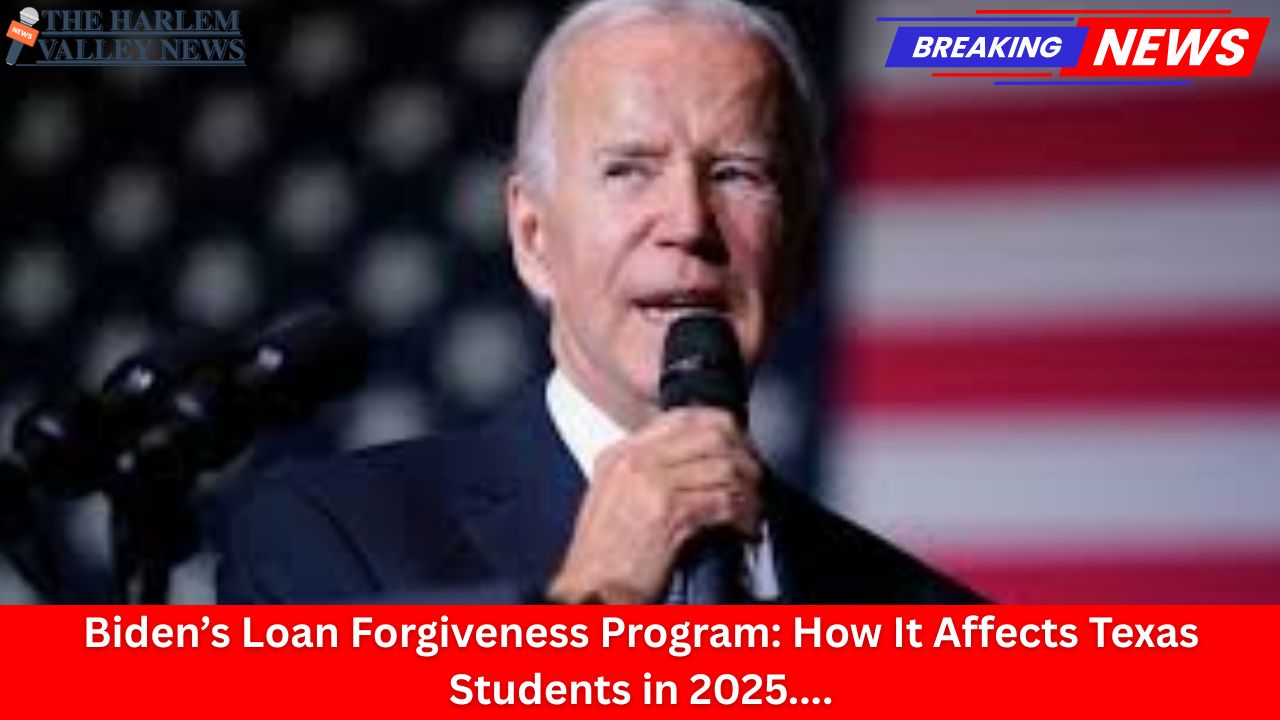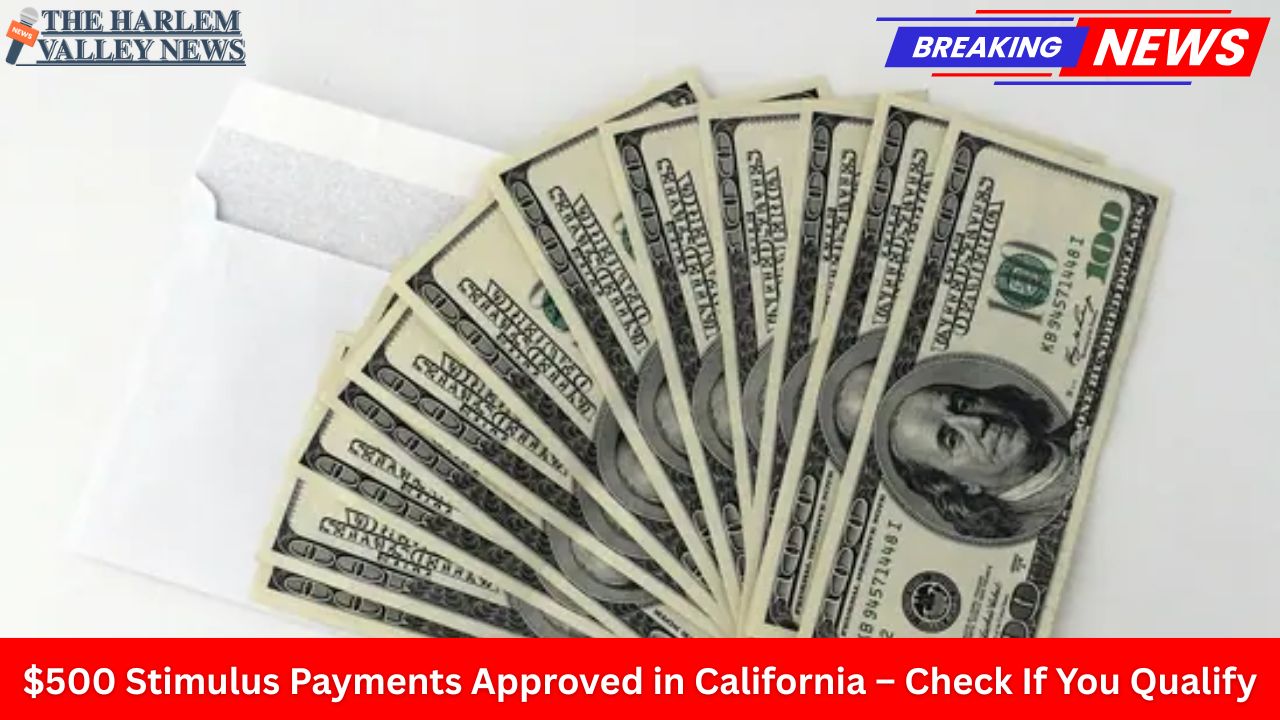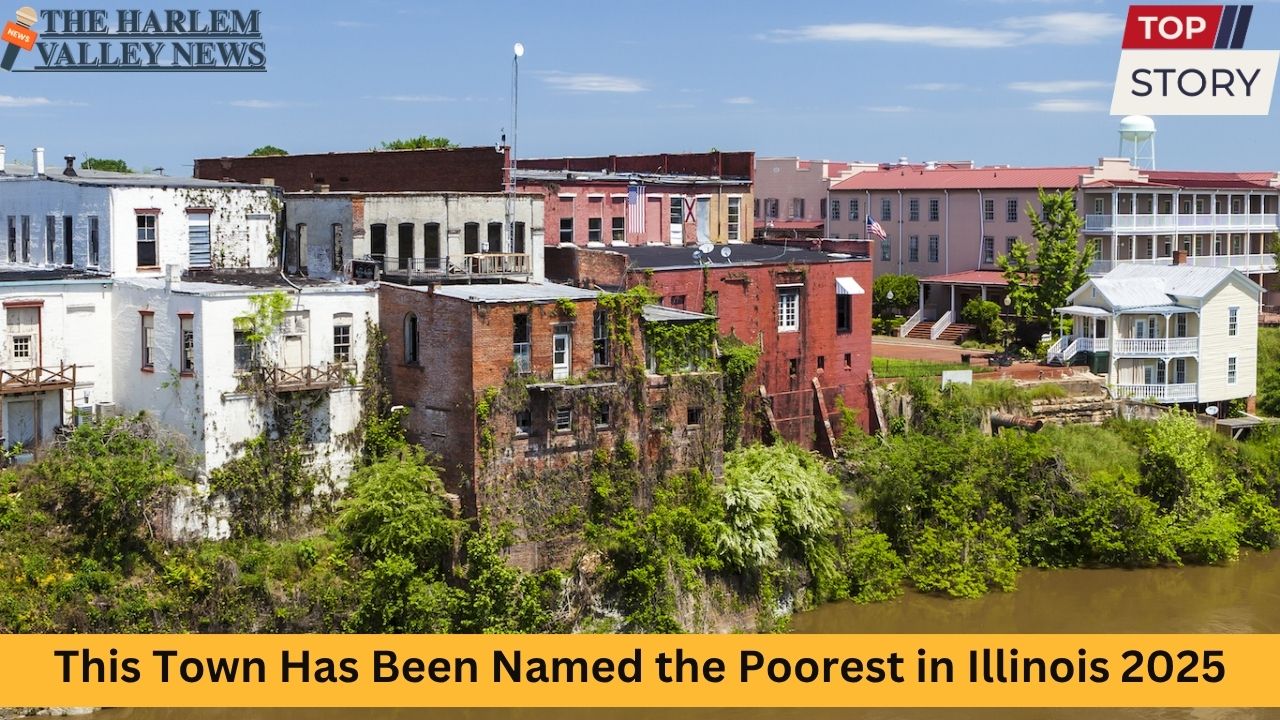In 2025, student loan forgiveness remains a topic of substantial political and legal debate in the United States. President Joe Biden’s administration ushered in significant reforms during his time in office, seeking to broaden access to debt relief, particularly through programs like the Saving on a Valuable Education (SAVE) Plan and adjustments to income-driven repayment (IDR) plans. However, a wave of court battles, legislative changes, and new policies under the subsequent administration have reshaped—or in many cases, overturned—some of these initiatives. Nowhere are these effects felt more profoundly than in states like Texas, home to nearly 3 million federal student loan borrowers.
Key Elements of Federal Student Loan Relief (2023-2025)
| Program/Policy | Main Benefit | Eligibility (2025) | Forgiveness Terms/Status | Notable Impact for Texas Students |
|---|---|---|---|---|
| Biden’s SAVE Plan | Lower payments, faster forgiveness | Federal borrowers, income-based | Struck down in federal court, August 2025 | Program closed; new enrollments barred |
| Income-Driven Repayment (IDR) | Caps payments, potential forgiveness | Most federal borrowers | Still available, but stricter new rules | Lower payments possible, longer path |
| Public Service Loan Forgiveness (PSLF) | Forgiveness for public service | Public workers, 10 years’ payments | Application process slowed by new limits | Texas teachers, nurses less able to qualify quickly |
| Repayment Assistance Plan (RAP, 2026) | Replaces SAVE/IDR for new loans | Borrowers after July 2026 | 30-year term, uses gross income | Texas grads may face higher payments, longer terms |
Texas Borrowers: Navigating Shifting Policy Terrain
Texas has historically ranked among the leading states for student loan debt, given its large university and college populations. The promise of broad-based loan relief under the Biden administration’s SAVE Plan brought optimism to many Texans, particularly low-income and first-generation college students. The plan allowed for zero-dollar payments for the lowest earners, limited interest accrual, and guaranteed total loan forgiveness after 20 years (or as little as 10 for those with smaller initial balances). However, the fate of the SAVE Plan, and the expectation of imminent relief, changed rapidly in early 2025.
Legal and Political Setbacks
Federal courts found that major portions of Biden’s loan forgiveness actions—including the SAVE Plan—lacked proper Congressional authorization. By August 1, 2025, loans in the SAVE Plan began accruing interest again, and no new borrowers could enroll. Furthermore, existing participants were informed that their payments would not count toward eventual cancellation, effectively halting progress toward forgiveness for many.
Meanwhile, Congressional legislation and tax reforms initiated by the Trump administration introduced the Repayment Assistance Plan (RAP), slated to start for new loans after July 1, 2026. RAP abandons the more generous terms of previous income-driven plans. Instead of tying repayments to discretionary income, RAP calculates payments off gross income, lowers the threshold for minimum monthly payments, and extends the loan term to 30 years—making true forgiveness harder to achieve.
The Changing Face of Forgiveness: Income-Based Options and Public Service
Several legacy programs remain, albeit with new complexities. Those on Income-Driven Repayment (IDR) plans may still see their loans forgiven after 20 or 25 years, though new loans will eventually shift to the 30-year RAP model. The Public Service Loan Forgiveness (PSLF) program, pivotal for teachers, nurses, and other civil servants in Texas, now involves more restrictive requirements and a slower approval process. Under the original plan, PSLF offered tax-free forgiveness after 120 qualifying payments; in 2025, the administrative path to receive PSLF relief has grown noticeably tougher, and the window for relief has effectively narrowed.
Unique Texas Considerations
With its fast-growing population and many public universities, Texas borrowers are uniquely impacted by these legal and policy changes. Many Texas families rely on federal aid and substantial borrowing for higher education, making the presence—or absence—of broad forgiveness extremely consequential. During the brief period when Biden’s initiatives took effect, thousands in Texas received at least partial forgiveness, mostly those on long-standing IDR plans or defrauded students. For the majority, however, these benefits proved fleeting.
Many Texas-specific factors add further complexity:
-
Texas college graduates have an average federal debt load of $32,920 (2024 data).
-
A large percentage of Texas borrowers are first-generation college students, typically benefiting most from income-driven relief.
-
The teacher, nursing, and public service communities—heavily represented in Texas—face more hurdles to achieving PSLF.
Long-Term Outlook: What Texas Students Face in 2025 and Beyond
For students currently enrolled or graduating in 2025, the landscape is defined by greater uncertainty and a return to stricter repayment regimes. While limited relief still flows through targeted programs (such as temporary IDR adjustments or discharge for defrauded students), the pattern is clear: new borrowers will contend with higher minimum monthly payments, longer repayment periods, and fewer pathways to rapid cancellation. The transition away from zero-dollar payments for low-income graduates (previously available under SAVE) especially impacts Texas borrowers from low-income families.
On the positive side, historic forgiveness actions—including nearly $190 billion canceled nationwide by 2025—provided a window of significant, if temporary, relief to more than five million Americans, including many Texans. For some, this meant a clean slate; for most others, the dream of loan forgiveness remains elusive.
Conclusion
The turbulence surrounding federal student loan forgiveness, and specifically the fate of Biden’s programs, serves as a stark reminder to Texas students of the ever-changing nature of federal education policy. Although the intentions to ease the burden for millions were real, court decisions and legislative reversals have left many in Texas with more questions than answers.
For students and graduates in Texas, the key takeaway for 2025 is the necessity to remain informed about the latest federal loan policies and to plan for longer-term repayment. While broad, automatic forgiveness is now largely out of reach, pursuing income-driven repayment or public service forgiveness—and staying in compliance with evolving rules—remains essential for those hoping to reduce the weight of student debt in the long run.

















Leave a Reply